Project Manager
Orkla Foods Norway
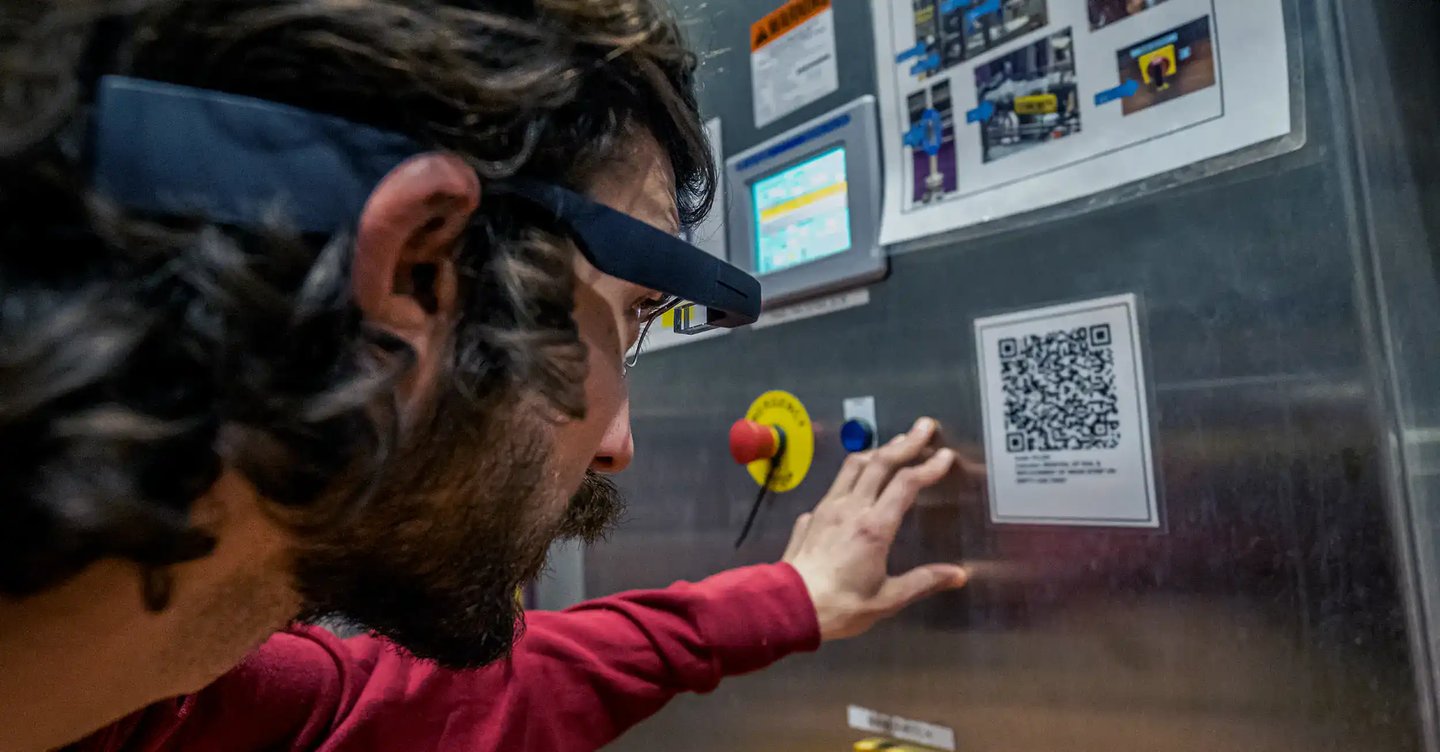


Laptops are important tools for content and creation and analytics - tasks that require handling large amounts of data or high-resolution images.
Their large screens and powerful processors give teams precision and confidence, while still being a portable device that can be used at the frontline.
If the laptop has a high-quality camera and the capability to convert into a tablet - even better.
The content authoring process usually includes the following steps and followes this general framework:
1. Specify the goal of the work instruction.
2. Design the steps to reach the goal.
3. Take photos of each step and upload to the Instruction Builder.
4. Add a short snippet of action-oriented text to each step.
5. Share your standards via QR, link, or NFC.
The SwipeGuide Instruction Builder is a user-friendly Content Management System (CMS) that helps you create effective instructions and standards in minutes.
The SwipeGuide Editor is a web-based platform that can be used in Chrome, Safari, Opera, and IE11 browsers on macOS, Windows, and Chrome OS operating systems with a stable internet connection.
There is no minimum bandwidth to use the SwipeGuide Editor or Viewer. The optimal bandwidth depends on how many concurrent users there are on the network.
It can take time to set up a stable WiFi connection in a factory. Make sure to prioritize WiFi when kicking off your digital transformation.
For sharing standards and instructions, we recommend these devices:
QR Code Sticker: CPM-100E from BSafe
Another advantage of managing your instructions on a laptop or desktop is access to your Analytics Dashboard, where all your instruction performance metrics are displayed in one place.
You'll be able to fine tune your processes and continuously improve your standards with detailed data about how your content is being used.
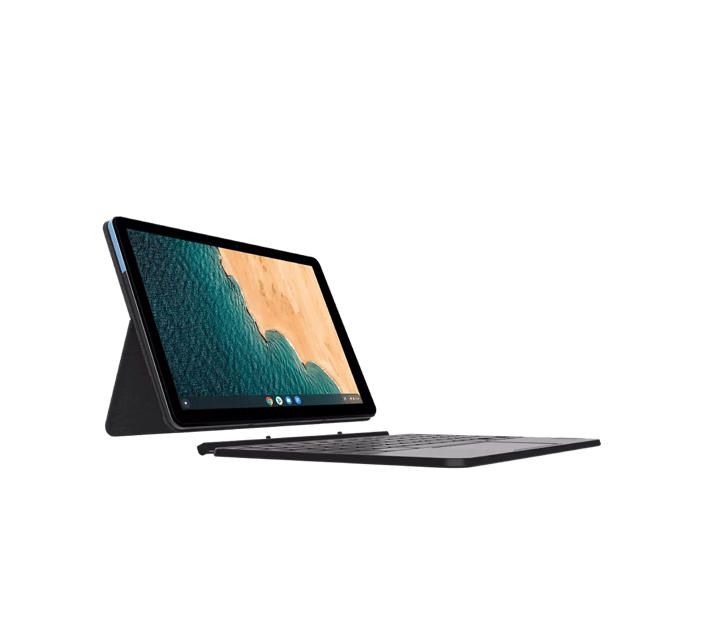
We recommend choosing a flexible Chromebook for on-the-go creation, editing, and usage of your digital work instructions on the shop floor and in the field. These are our top recommendations available now.
[Updated in March 2022]
→ Affordable (299$)
→ Perfect device for on-the-go work.
→ 2-in-1 device with a detachable keyboard and kickstand cover.
Why we like it:
→ Great screen resolution.
→Powerful processors.
→ Competitive price: $699
Why we like it:
→ Built-in pen.
→ Detachable screen.
→ Affordable (330$)
Why we like it:
→ Durable, with touch-screen options.
→ Up to 15+ hours of battery life and fast charging.
→ Security features for enhanced protection.
Why we like it:
→ Affordable: Starts at €219,00
→ High performance processing options available.
→ Compact and configurable.
→ Secure: available with self-encrypting drives.


"Using a system that is easy to use both for the operators and for the editors is really helping us save valuable production time. We have tablets to author, edit, and use digital work instructions on the flop floor."

Project Manager
Orkla Foods Norway
Tablet editing makes it easy to create and edit work instructions at the frontline. Content creators are able to walk a production line with any tablet, take a photo of a particular component or process, and create a relevant instruction in minutes.
Our recommendation is to have one device available per position.
In most cases, there's a QR code sticker attached to the machine that the operator can scan with a dedicated tablet to get the most up-to-date instruction at the moment of need.
The SwipeGuide Frontline App gives shop floor operators and field service engineers offline access to the standards they need, even with poor or no internet connection.
The app works on both iOS and Android devices and is company-specific. Instructions that have been updated or edited while the device was offline will be automatically synced next time there is wifi.
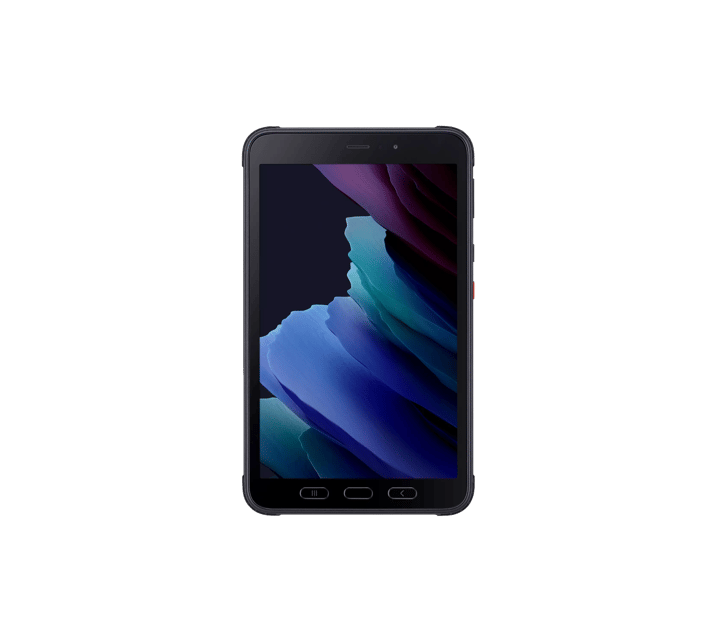
We recommend getting a heavy-duty tablet that will last in any environment. These rugged tablets will get the job done.
[Updated in March 2023]
Why we like it :
→ You can drop it from up to 1.5m or leave it in water for up to 30 minutes, and it should survive without problems.
→ Large storage.
→ Battery can be swapped out.
Why we like it:
→ 64GB of storage, 4GB of memory, and a 7,600mAh battery.
→ Great camera.
→ Larger 10.1 display.
→ Budget iPad - but a highly capable tablet.
→ Battery lasts.
→ More storage than other older iPads.
Why we like it:
→ Powerful processor.
→ Fits in the palm of your hand.
→ All-day battery life.
4smarts Active Pro.
Protect any tablet with a rugged case.


3.5 billion people around the world currently use a smartphone as their main communication and information-gathering tool.
Why whould they use any other tool for accessing crucial operational information when they're at work?
Mobile editing is made easy - allowing users to create work instructions by taking photos on the shop floor and adding them to instructions with a short snippet of text.
These basic functionalities work excellently on iOS and Android smartphones, in the SwipeGuide web-app. More advanced features like image markups, versioning, and approval workflows should be done on a computer with a bigger screen.
Accessing digital work instructions and standards with a smartphone can be done in several ways:
QR code: scan the QR code sticker attached on a machine or from a machine display.

Our smartphone recommendations for frontline teams are extremely durable with massive batteries.
[Updated in March 2023]
Why we like it:
→ 1.5m drop test certification.
→ Dust- and water-resistant rating.
→ Large capacity 4,050mAh removable battery.
→ Slim profile and sleek look.
→ Four years of security updates with three years of OS updates.
→ Free one-year screen replacement.
Why we like it:
→ Hardy and long-lasting.
→ Great price.
→ Endoscope and FLIR camera.
→ Water, dust, and drop-resistant.
→ Wireless charging.
→ Biometric security.

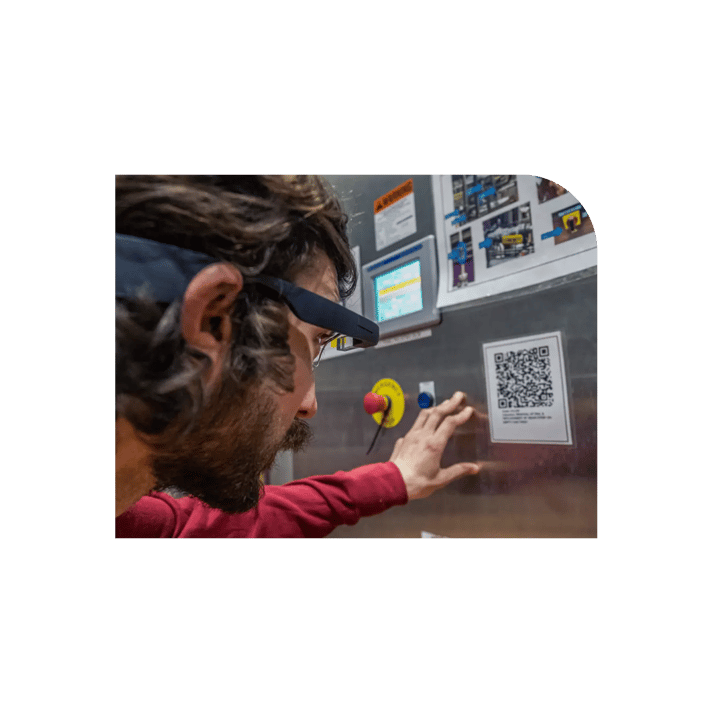
Utilizing wearables at the frontline makes it effortless for operators and field service engineers to execute their tasks hands-free.
The voice control function in industrial smart glasses (like Realwear) allows operators to see and control instructions and standard operating procedures while performing a task.
If you want to use your digital standards in SwipeGuide on smart glasses, you need to activate and configure your organization-specific SwipeGuide native app. Once activated, you'll receive a private link to the Google Play store from our technical support team.
Since every brand of wearable hardware is built differently, the operating system and the technical specifications differ as well. Currently, SwipeGuide supports Realwear smart glasses. If you wish to use other smart glasses or wearables like smartwatches please contact us.
SwipeGuide is a Realwear partner. If you're curious to hear more about how we collaborate to offer maximum value to our customers, schedule a demo and we'll tell you more.
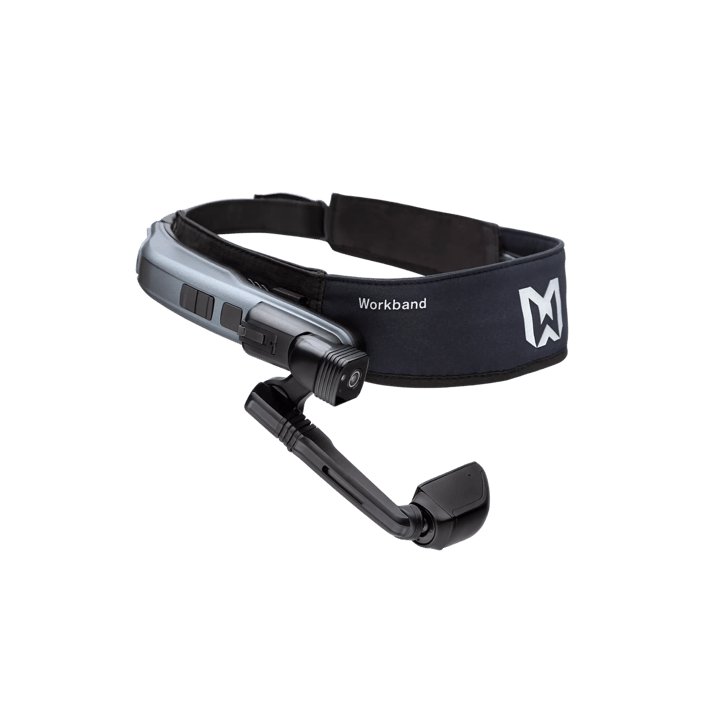
The wearables we recommend for frontline work in 2023 are not only durable but also lightweight and easy to use.
[Updated in March 2023]
Why we like it:
→ Works with more PPE than other head-worn devices.
→ Modular camera sensor even in low light settings.
→ Drop tested, dust-tight, and water-resistant.
→ The upgraded model of the popular Navigator™ 500.
→ The 520 features a larger upgraded viewscreen with higher resolution.
→ Use it in wet, dusty, hot, dangerous and loud industrial environments.
→ High-resolution micro display.
→ Optimized for completely hands-free voice control.